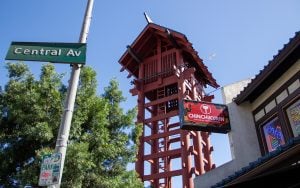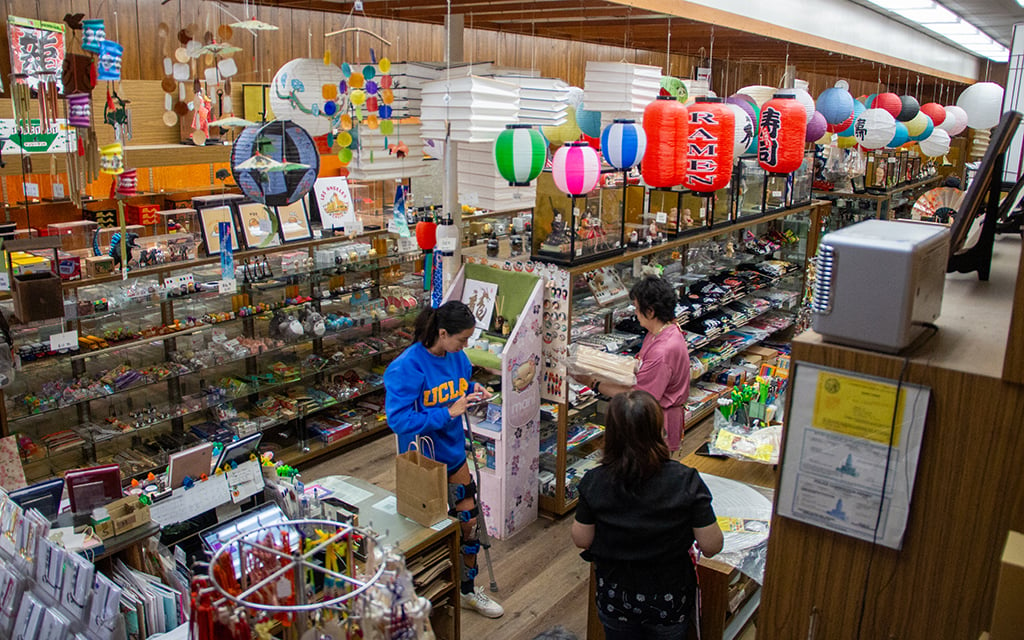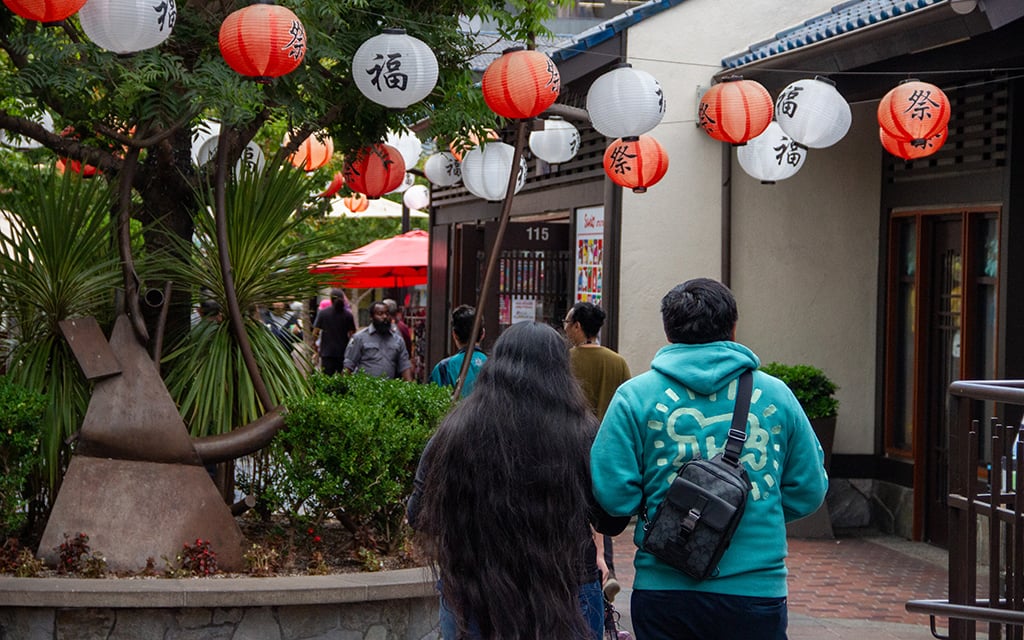LOS ANGELES – Following Little Tokyo’s designation as one of America’s most endangered historic places, the area is looking to return to its flourishing past.
Throughout its 140 years, Little Tokyo has faced many challenges, including racial discrimination and cultural erasure. However, it continued to celebrate thriving legacy businesses and provide a safe haven for Asian culture.
“Little Tokyo is facing challenges, external pressures, but that’s not new,” Kristen Hayashi said.
Hayashi is a curator at the Japanese American National Museum and specializes in public history, aiming to make it accessible to a wider audience. With her help, Little Tokyo earned its spot on the National Trust for Historic Preservation’s 2024 “11 Most Endangered Historic Places” list.
“What it (the designation) does is it really just brings attention to the significance of a place – what makes it special and why it needs to continue,” Hayashi said.
For 37 years, the trust’s endangered places list has reignited preservation efforts across 350 historical sites in the country. One theme of this year’s list is the power found within the communities. Together they are helping to fight erasure, protect important landmarks and keep their small businesses running, but the community can only save itself so many times before it needs to call upon visitors for their help.

The Japanese Village Plaza in LA’s Little Tokyo opened in 1978 and exposes visitors to authentic food and popular brands and shopping trends from Japan. Photo taken on Sept. 16, 2024. (Photo by Emery Davis/Cronkite News)
“The community – restaurants, retail stores like mine – we really cooperate with each other, and we’re always referring customers to each other,” third-generation Bunkado owner Irene Tsukada Simonian said. “That sense of working together as a community really has worked for us, and it got us through.”
While she agrees Little Tokyo is a tight-knit community, Tsukada Simonian does not believe that the area is currently in decline. She said it’s booming.
“I’ve been through the declines, and it’s nothing like those days when we were truly struggling,” Tsukada Simonian said, reflecting on the early 1990s when she joined her mother in running the shop, which is the oldest gift shop in Little Tokyo.
After dark, the area would become a “ghost town” due to the issues in the area at the time. Homelessness and crime, which are still prevalent, in addition to xenophobia stemming from bird flu were some of the challenges, she said.
“You never saw people walking in the streets,” she said. “The restaurants, especially, were struggling.”
Little Tokyo has faced a cycle of heavy foot traffic for periods, followed by bouts of the opposite. Time and again, the businesses and residential community have banded together to fight for their place.
“We need more than just stakeholders,” Hayashi said. “We need the people who come down here because they love to have ramen or they like to come to the museum here.”
Aside from patronage of this community’s small businesses, some that have been passed down through generations, there are other ways people can contribute. Because city renewal and gentrification are generational challenges for the area, advocates say preventing projects that lessen the appeal of Little Tokyo will assist in reversing the shrinkage.

After nearly 20 years, Bunkado thrives on the same grounds that Little Tokyo’s first business, Kame Restaurant, was founded on in 1884. Photo taken on Sept. 16, 2024. (Photo by Emery Davis/Cronkite News)
Hayashi highlighted a development that she said may further endanger the area, located at Fourth and Central streets.
“It’s essentially going to be this huge development with really tall buildings that would totally change the viewshed of this neighborhood,” Hayashi said. “I think it also means that if that is approved, it could lead to more development around Little Tokyo.”
While preventing further compression is important to preservation, Little Tokyo Community Council’s initiative Go Little Tokyo is taking a different approach to tackle the problem at hand.
By highlighting the unique community events, cultural programs, shopping and dining in the area, the initiative helps visitors better understand the significance, uniqueness and connection found in Little Tokyo.
“The theme (of a nearby mural) is ‘Home Is Little Tokyo,’ and I think that’s one thing for so many people. Whether they’re of Japanese descent or not, this is home,” Hayashi said. “I think that’s something that makes Little Tokyo special.”


